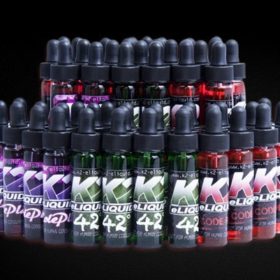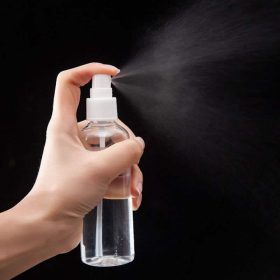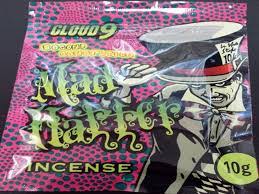Mad Hatter Incense, Despite its seemingly harmless name, Mad Hatter Incense is not a traditional incense used for aromatherapy or relaxation. It is typically sold as a synthetic cannabinoid, marketed under the guise of “herbal incense,” “potpourri,” or “not for human consumption.” These products are sprayed with powerful laboratory-made chemicals that mimic the effects of THC, the psychoactive ingredient found in cannabis.
The brand name “Mad Hatter” is one of many in a long list of synthetic products (such as K2, Spice, or Black Mamba) that have appeared in convenience stores and online shops.
How Mad Hatter Incense Works
When smoked or inhaled, Mad Hatter Incense interacts with the brain’s cannabinoid receptors—just like THC—but in an unregulated and unpredictable way. The synthetic compounds can be up to 100 times stronger than natural cannabis, leading to extreme reactions even in small doses.
Users report a range of effects including:
-
Euphoria and altered perception
-
Relaxation followed by anxiety or paranoia
-
Increased heart rate and blood pressure
-
Hallucinations or confusion
While some seek it as a legal alternative to marijuana, the truth is far more dangerous.
Health Risks of Mad Hatter Incense
The use of Mad Hatter Incense has been linked to serious physical and psychological side effects, including:
-
Seizures and loss of consciousness
-
Kidney damage and heart problems
-
Extreme aggression or psychosis
-
Vomiting, dizziness, and panic attacks
Because the ingredients vary from batch to batch, users can never know what chemicals they are ingesting. Hospitals have reported numerous emergency cases related to synthetic cannabinoids, and in some instances, deaths have occurred due to overdose or cardiac failure.
Legal Status and Enforcement
Although Mad Hatter Incense is often marketed as legal, most countries—including the United States, Canada, and EU nations—have banned synthetic cannabinoids. Manufacturers frequently alter the chemical formulas slightly to bypass regulations, making law enforcement a constant game of catch-up.
In the U.S., the DEA (Drug Enforcement Administration) has classified many of these substances as Schedule I controlled substances, the same category as heroin and LSD, due to their high potential for abuse and lack of medical use.
Why People Still Use It
Despite the dangers, some users are drawn to Mad Hatter Incense because:
-
It is sometimes cheaper than marijuana
-
It doesn’t always show up on drug tests
-
It’s easily accessible online
However, the short-term convenience comes with long-term consequences.
Safe Alternatives and Prevention
For those seeking relaxation or stress relief, it’s important to turn to safe, natural alternatives. Genuine herbal incenses—made from sandalwood, sage, or lavender—can create calming aromas without altering brain chemistry. Similarly, mindfulness practices, yoga, or CBD-based products offer relaxation benefits without the toxic risks of synthetic drugs.
Education and awareness are key. Parents, educators, and community members should discuss the dangers of products like Mad Hatter Incense to prevent experimentation among teens and young adults.
Conclusion
Mad Hatter Incense may appear harmless with its bright packaging and “herbal” marketing, but in reality, it’s a highly dangerous synthetic drug that poses severe health and legal risks. Understanding what it truly is—and spreading awareness about its dangers—can help protect individuals from becoming victims of a deceptive and deadly trend.
You Might Also Like These:





